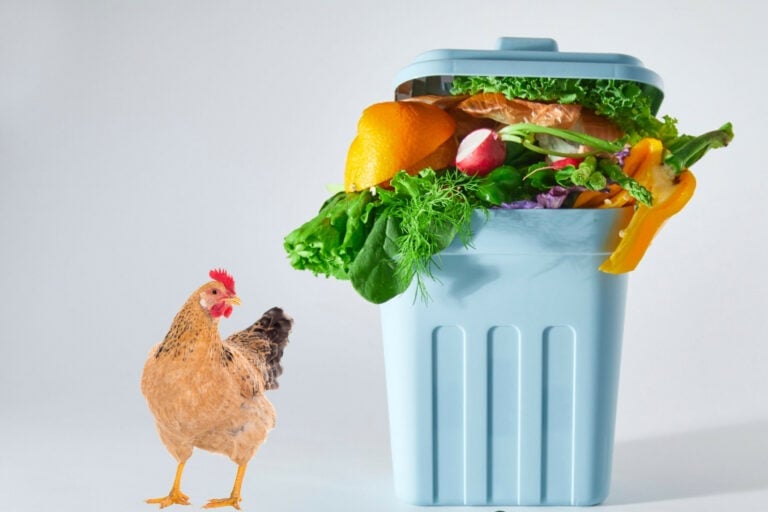December 2, 2025 | 04:07 GMT +7
December 2, 2025 | 04:07 GMT +7
Hotline: 0913.378.918
December 2, 2025 | 04:07 GMT +7
Hotline: 0913.378.918

Egypt generates around 65 million tonnes of potentially useful waste per year. Photo: Canva.
Egypt imports around 90% of feedstuff, primarily corn and soybeans, to meet the demand in the domestic feed market. But, Dr Mohsen Shukry, Rapporteur of the Animal Resources Research Council at the Academy of Scientific Research and Technology, recently spoke at an industry event where he said that the country could possibly tap into the 65 million tonnes of potentially useful waste per year to fill the gap.
This waste includes 50 million tonnes of various agricultural waste and around 15 million tonnes of food factory waste. A part of this quantity, he said, could be processed for further use in feeding livestock, poultry, and fish.
Among other things, Egyptian processors consider various options to maximise the potential of fruit and vegetable recycling, Dr Mohamed El Shafei, a member of the Board of Directors of the Chamber of Food Industries, stated during the event. The measure could also lower the need for imported feedstuff, he assumed.
A plan to collect fruits and vegetables from retailers for further processing into animal feed is included in the national economy development plan Egypt’s Vision 2030. However, no real efforts have been made to set the processing capacities.
At the end of 2024, the Egyptian government shared plans to simplify the registration process for new feed products, potentially paving the way for new feedstuff to the feed mills.
Since the beginning of 2025, local feed industry officials have expressed fears over the rise in feed prices this year owing to drought in Brazil, one of the largest suppliers to the country.
In addition to recycling food waste, the local authorities pin their hopes on reviving soybean production to deal with the crisis. In Egypt, soybean cultivation has steadily declined over the past 4 decades, from 62,000 hectares in 1983 to just 14,000 hectares in 2021.
However, according to an Agricultural Ministry forecast, the area under soybean production should steadily grow, reaching 500,000 acres in the next few years. Authorities also expect some improvements in the average yields of soybeans in the country.
(Poultryworld)
/2025/11/24/3616-2-141832_513.jpg)
(VAN) FSC certification has helped increase the value of thousands of hectares of planted forest timber under the management of the Xuan Loc Protection Forest Management Board, particularly in terms of selling prices.

(VAN) More than 100 shoppers queued for a chance to get a kilo or so of Japanese rice for 500 yen ($3.32) by heaping as much grain into a small wooden box as possible.

(VAN) Benchmark international prices of milled declined in October as harvests started or improved in some parts of the globe.

(VAN) Show cause orders will be issued to retailers who sell imported rice at prices exceeding the maximum suggested retail price (MSRP) of P43 per kilo, Philippines Agriculture Secretary said in a statement on Thursday.

(VAN) Coffee prices on October 20, 2025, remained stable domestically, trading at 113,500–114,500 VND/kg. Similarly, global coffee prices also moved sideways.

(VAN) By October, Vietnam’s coffee exports had surpassed USD 7 billion for the first time and will exceed USD 8 billion within this year.

(VAN) Illinois rancher says Texas, Oklahoma, Kansas lost grass and forage, forcing massive cattle liquidation.